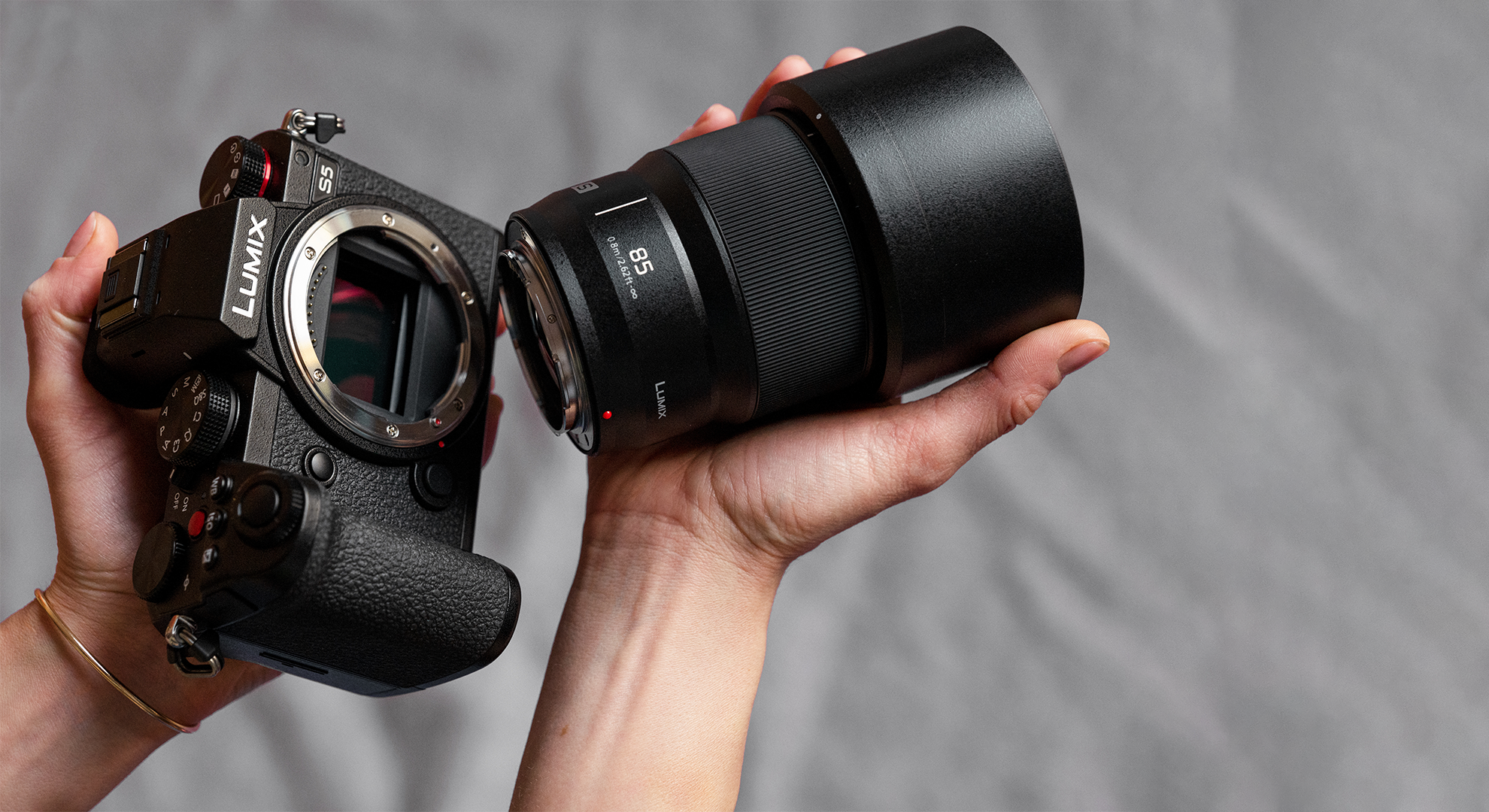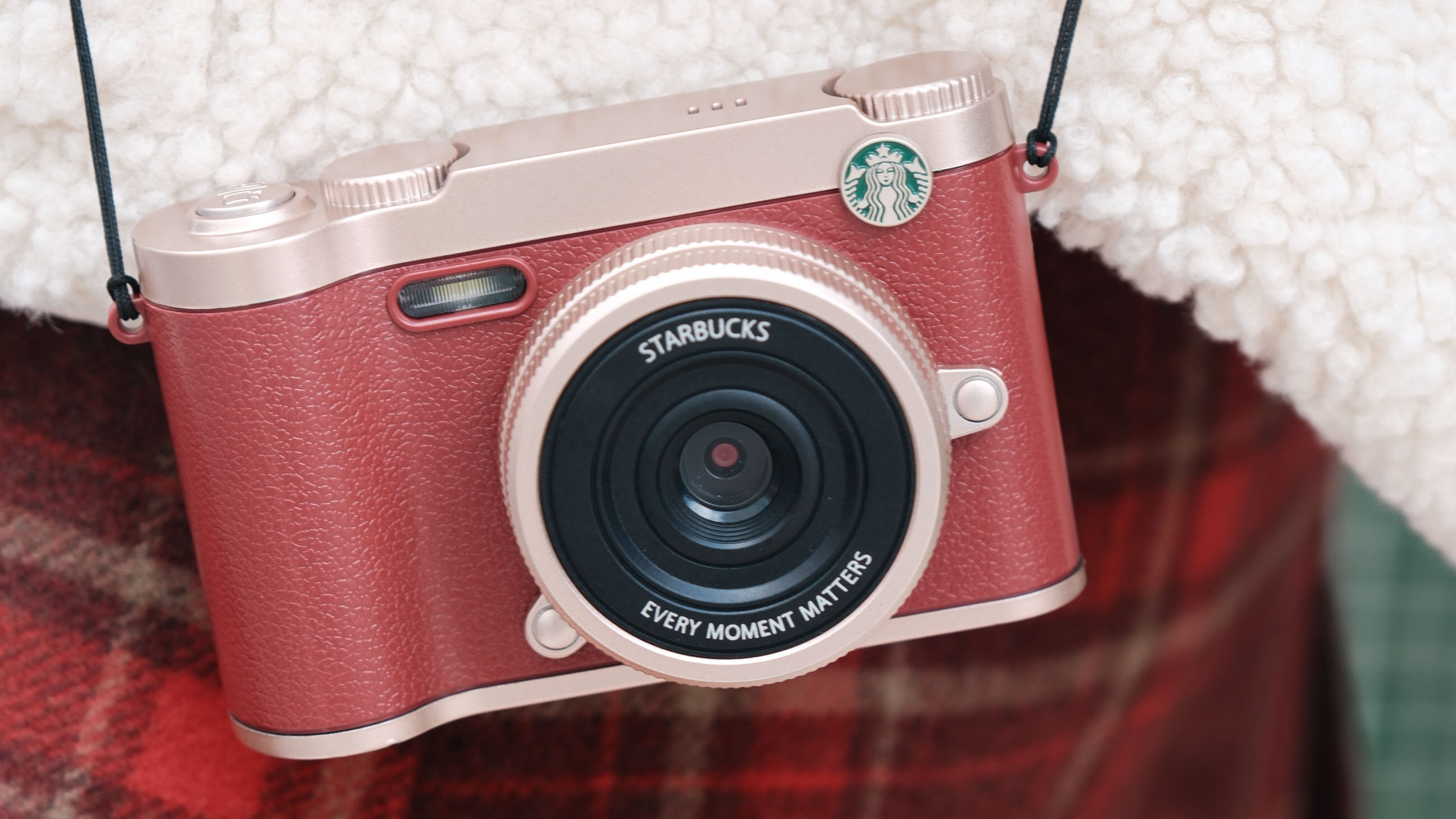Filmmaking for beginners: where to start and how to shoot
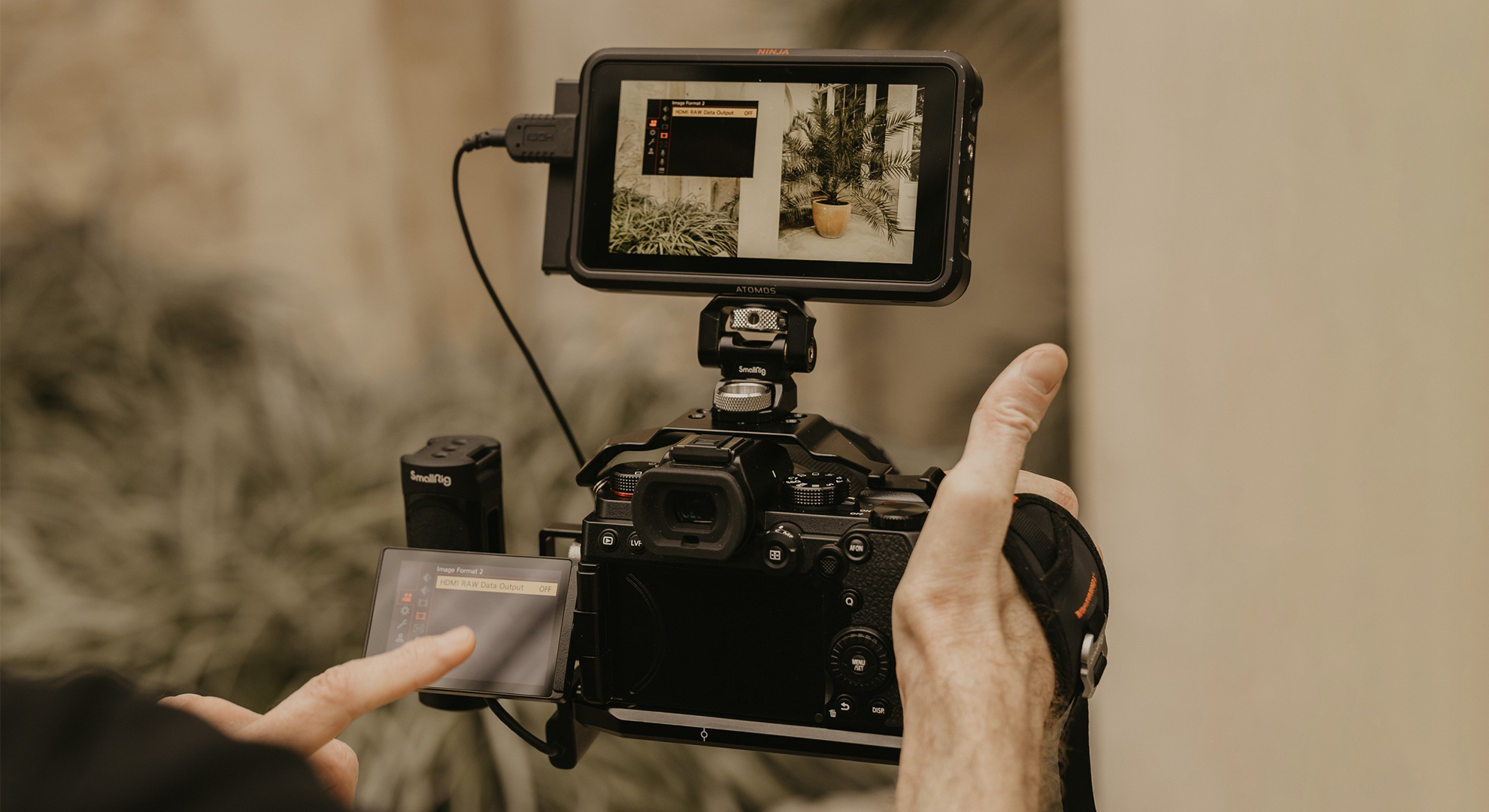
Getting started in filmmaking can be an intimidating prospect. Obviously you need to conceive an idea worthy of being committed to film (or, these days, video), but then there’s the labyrinthine world of cameras, codecs, color science and more… where do you begin?
Thankfully, the world of mirrorless cameras - such as the Panasonic Lumix S5 - has made the medium more accessible than ever. While there are still plenty of technicalities to consider, modern cameras enable virtually anyone to start filming fantastic content without it being overwhelmingly complex.
At the same time, though, investing in the right kit will mean that your equipment grows with you, rather than you outgrowing it as soon as you start mastering the fundamentals. Here are some pointers to get you started in your journey.
Creativity trumps kit…
Ultimately, content is king. If what you’re shooting isn’t worth shooting, it doesn’t matter what kit you’re shooting it on! So, before you start worrying about all the equipment you’re going to outfit for your shoot, make sure you have a fully formed concept. Whether it’s a theme for a vlog, a piece of creative for a client, or a short film for your studies, the idea should be the first thing you nail down.
… But kit still matters
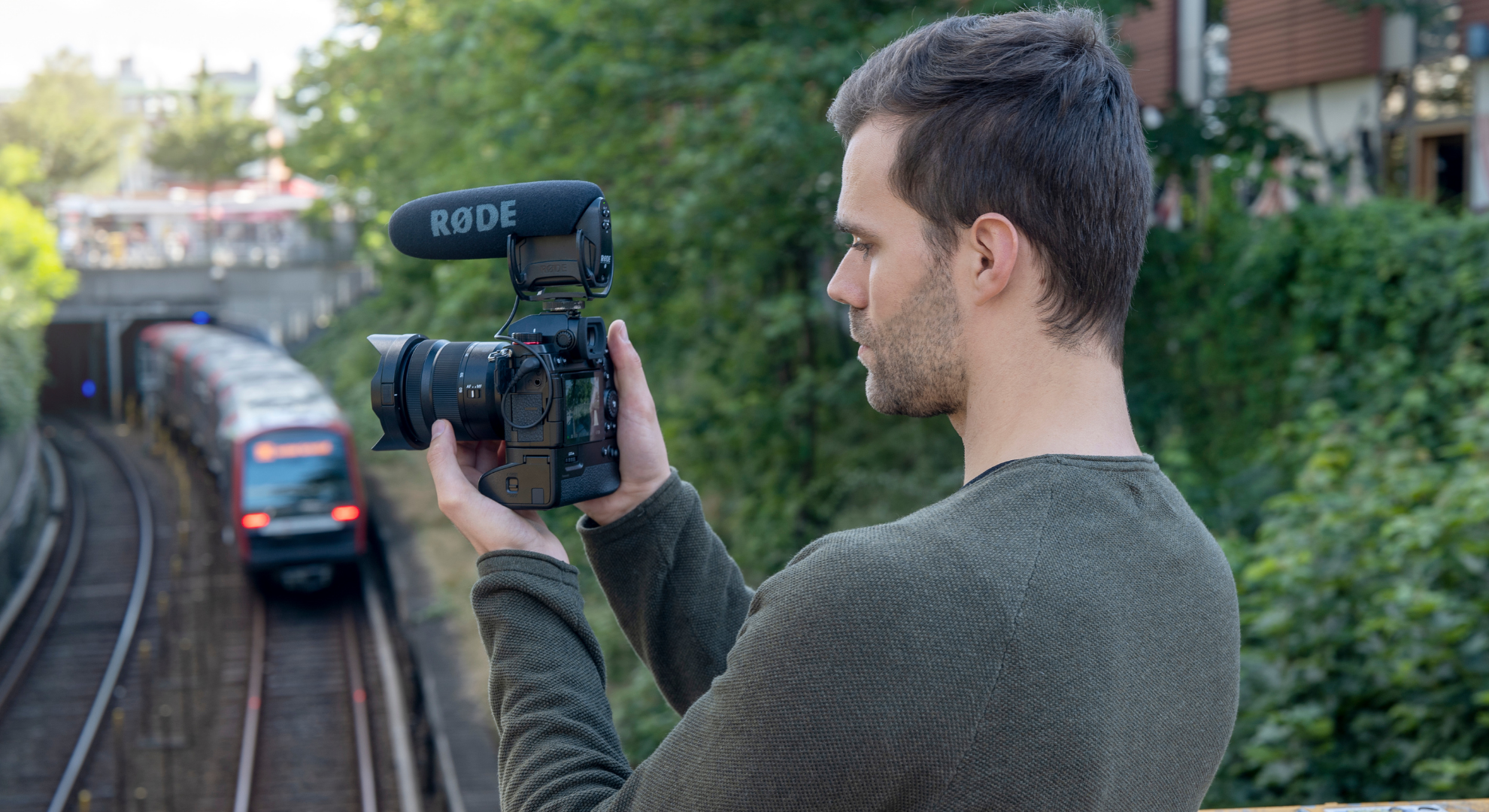
We all know how good the video is on modern phones. However, there are real limits to what you can achieve on a smartphone – and even on most DSLRs. Investing in a camera that’s designed with videography and filmmaking, like the Panasonic Lumix S5, will serve you well, on both a technical and artistic level.
Panasonic has made a name for itself as a leader in video-centric cameras; a model like the Lumix S5 offers serious filmmaking firepower in a compact and easy to use body.
Plan your shoot
Don’t just rock up with a camera and expect to start shooting with no direction. Interrogate your scene and work out a shot list – a checklist of shots that you need in order to assemble the finished piece. You don’t need to create a storyboard, but a series of bullet points will help give you – and your subjects, cast and / or crew, if you have them – a structured idea of what is required.
Do you want wide coverage of a scene as well as a dramatic close up? Will you need B-roll to accompany a voiceover? Do you need a reaction shot of the groom in addition to a hero shot of the bride’s “I do”? Plan ahead and make sure you get what’s necessary – there’s nothing worse than getting to the editing stage and realising you don’t have the key shot you need!
Steady as you go
If you’re filming a fight scene for a Jason Bourne film, then you might want the shaky cam look. For 90% of shoots, though, motion-sickness inducing camera shake is definitely undesirable! You can attach most cameras to a gimbal, which acts as a stabilization device, or a tripod to keep your shots steady. However, it’s a good idea to invest in a camera with IBIS – in-body image stabilization, which is basically a built-in camera shake buster that compensates for unwanted movement by shifting the image sensor. This enables you to shoot handheld without additional gear or being “locked down” in one position.
Technical tools = creative control…
Modern phones offer things like Cinematic Mode or Portrait Mode – an artificial, software-driven way to achieve bokeh and blurry backgrounds. However, they are no match for the real thing, and this effect falls apart on closer inspection – ie when the footage is on a screen larger than a handset. The best way to control depth of field is to control the aperture on a mirrorless camera and lens.
Manipulating the aperture – opening or closing the blades inside the camera lens –enables you to isolate your subjects and separate them from backgrounds to create dream-like effects, or to capture the entire frame from foreground to background in sharp focus. You can achieve the shallowest depth of field using a full frame camera, and a lens with a “fast” aperture such as the recently launched Panasonic LUMIX S Series F1.8 lenses which are available in 85mm, 50mm, 35mm and 24mm focal lengths.
… And creative freedom
Aperture is about more than just blurry backgrounds, though! As well as being a powerful creative tool, it also enables you to shoot in challenging light conditions. Try filming in a dimly lit location with your phone and you will see that your footage is grainy and low quality – again, clever software can only achieve so much.
A fast aperture enables your lens and camera to gather much more light, meaning that you can even shoot dusk and night shoots without the need for elaborate supplemental lighting. Something else that will help you is a camera with a high ISO sensitivity – but the secret weapon for low light shooting is Dual Native ISO, possessed by cameras like the Lumix S5. This means that you can increase your camera’s sensitivity to light without introducing the graininess and loss of quality that plagues many cameras.
Sound is important, too!
Filmmaking is a visual art, but nothing will degrade the quality of your film faster than poor audio. While you can rely on your camera’s built-in microphone at a push, for best results you’re going to need a dedicated microphone. Depending on what you’re shooting, this can take many forms; if you’re shooting an interview or talking head then a lapel mic will be perfect, while for run-and-gun filming a shotgun mic mounted on top of the camera is your best bet. Look for a mirrorless camera with a jack for an external microphone, but it’s even better if it has a headphone jack as well – this will enable you to monitor the levels of your audio, ensuring that your sound is pitch-perfect.
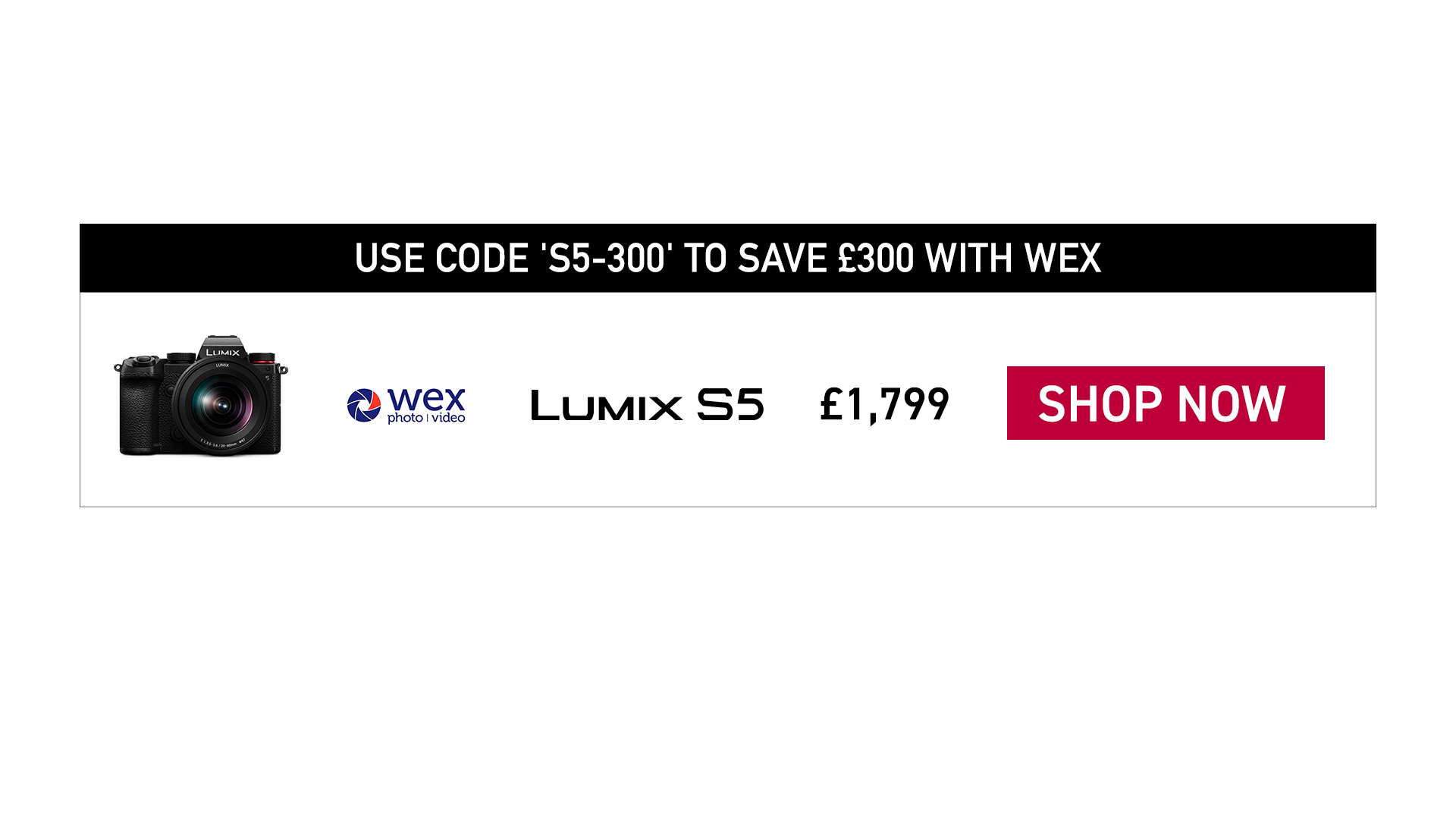
The best camera deals, reviews, product advice, and unmissable photography news, direct to your inbox!
Digital Camera World is one of the leading authorities on camera and photography news, reviews, techniques, tutorials, comparisons, deals and industry analysis. The site doesn't just specialize in cameras, but all aspects of photography, videography and imaging – including camera phones, gimbals, lenses, lighting, editing software, filters, tripods, laptops, printers, photo books, desks, binoculars and more.
Whether you're using, looking to buy or trying to get the most out of a compact camera, action camera, camera drone, cinema camera, beginner camera or professional camera, Digital Camera World has a roster of experts with combined experience of over 100 years when it comes to cameras, photography and imaging.
